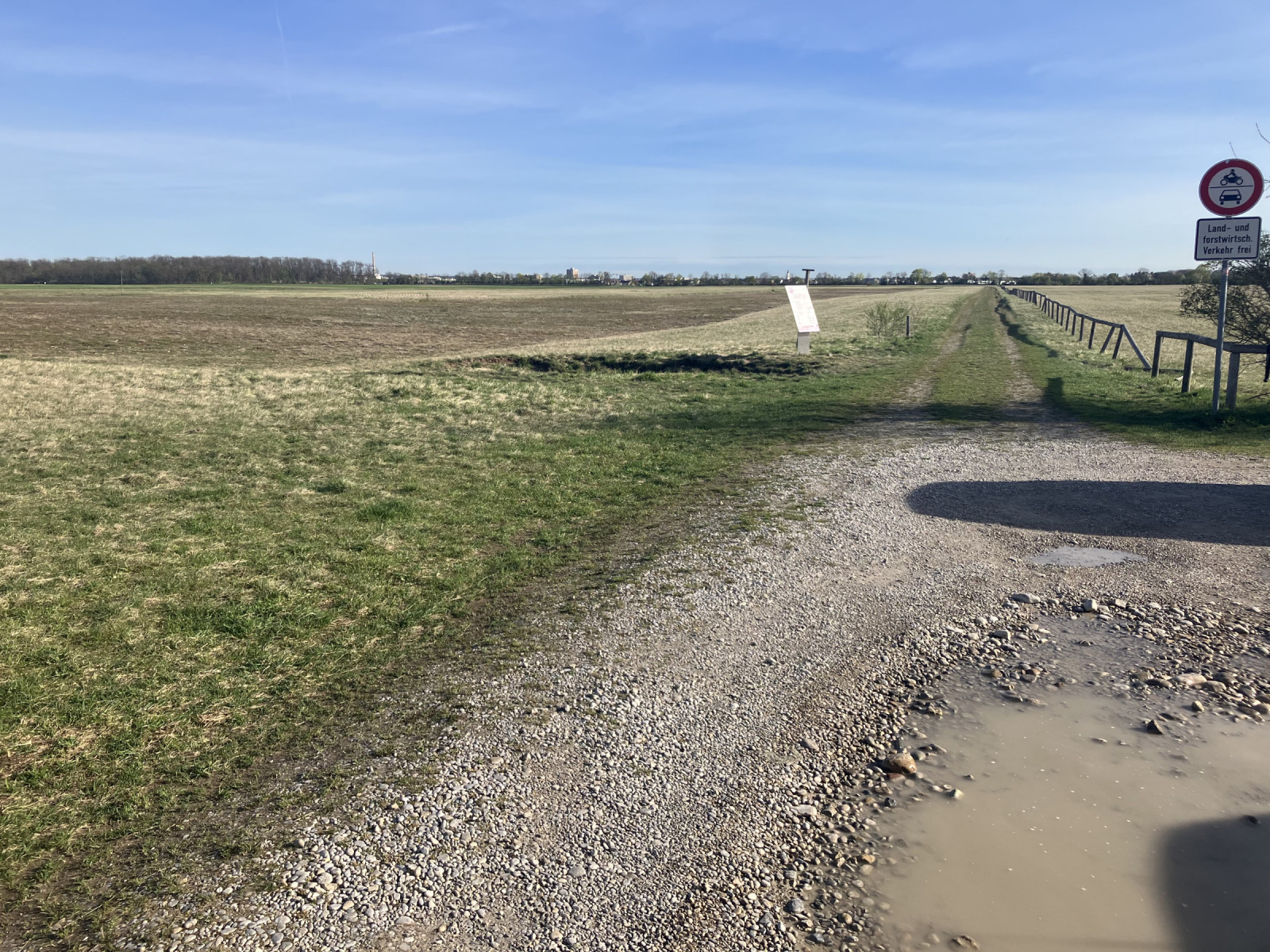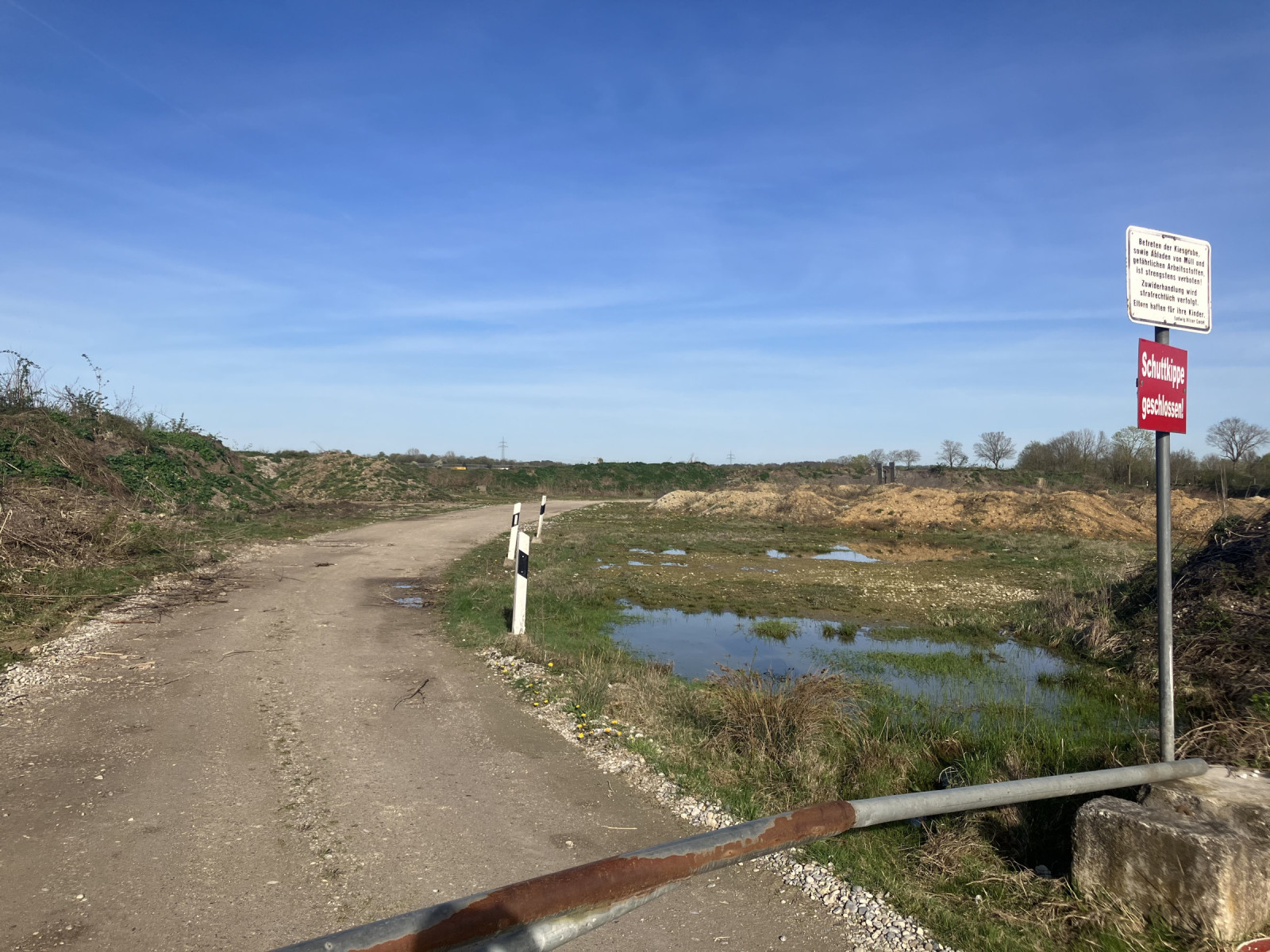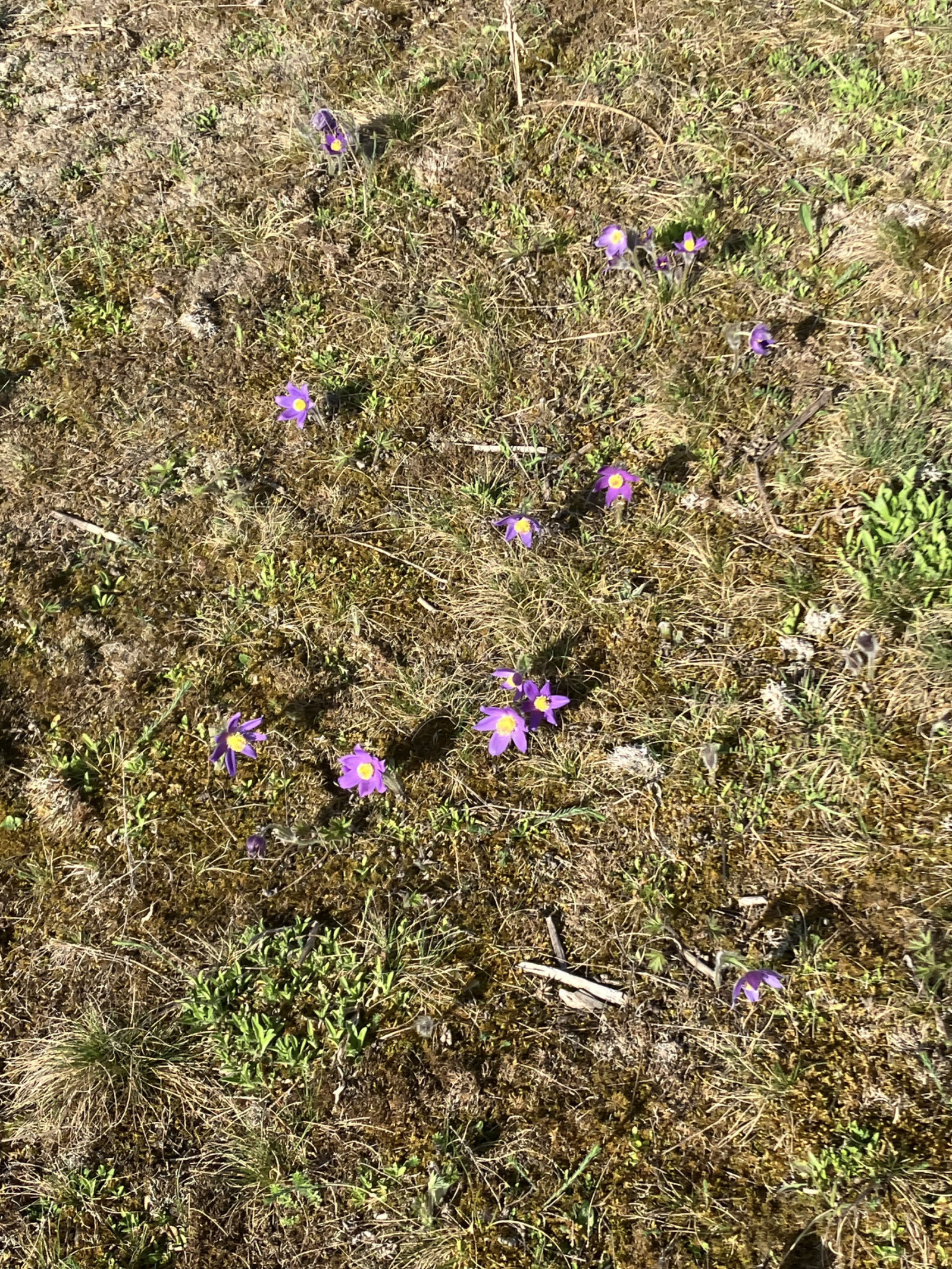Descrizione
The Garchinger Heide is primarily known for its botanical rarities, for example one of the last German occurrences of the Eastern pasqueflower (Pulsatilla patens). Due to the strict protection and biotope maintenance, the area has also become a retreat for field and meadow birds that have become rare elsewhere. Breeding birds include Starna, Quaglia, Fagiano comune, Pavoncella, Fanello and Strillozzo, as well as the omnipresent Allodola and Zigolo giallo.
In spring and autumn, you can see Culbianco, Stiaccino, Saltimpalo and Cutrettola resting on migration. Albanella reale and Averla maggiore are present in winter. Cigno reale, Oca selvatica, Gallinella d'acqua and Folaga breed on the quarry pond (Baggersee am Hart).
You can also take a little detour north to the small nearby nature reserve Echinger Lohe, where Picchio nero can be observed. The circular walking route indicated on the map also passes through Echinger Lohe.
Dettagli
Accesso
The Garchinger Heide is located on the road between Eching and Dietersheim. There is a parking site at the entrance to the nature reserve. Click on the P in the map for directions to the parking. You can also easily reach the area by bike from the Eching train station, where the S1 from Munich or Freising stops every 20 minutes. The circular walking route indicated on the map is about 6 km.
Terreno e habitat
Prateria/pascolo , Alberi e cespugli sparsi , Brughiere/lande , Stagno , Lago , Terreni coltivati , Pianura , ForestaCaratteristiche dell’area
Terreno piano , Paesaggio apertoPercorso ad anello
SiÈ utile un cannocchiale?
Può essere utileBuona stagione per il BW
Tutto l'annoMiglior periodo per visitare
Primavera , Migrazione primaverilePercorso
Sentiero stretto , Strada sterrata , Sentiero ampioGrado di difficoltà del percorso a piedi
FacileModalità di accesso
A piedi , BiciclettaCapanno/torretta di osservazione
NoInformazioni aggiuntive
Please note the local information boards about the protection of the endangered animal and plant species in the nature reserve. Stay on the marked paths, do not damage plants or disturb animals.
Link
- Flyer Garchinger Heide (deutsch)
- LBV Freising Garchinger Heide (deutsch)
- Tourismus Kreis Freising Garchinger Heide (deutsch)


